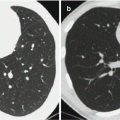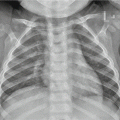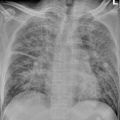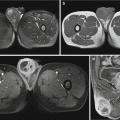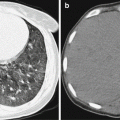Fig. 6.1
Mild case of cholera infected by serogroup O1. (a, b) X-rays demonstrate no obvious abnormalities
6.8 Diagnostic Basis
6.8.1 Diagnosis of Cholera
In epidemic areas of cholera during prevailing seasons, any patients with diarrhea and vomiting should be suspected with cholera. Therefore, bacteriological examination of feces should be performed for exclusive diagnosis. All patients with typical symptoms should be treated as cholera cases prior to the definitive diagnosis.
6.8.1.1 Diagnosis of the Suspected Cases
The cases with one of the following conditions should be suspected with cholera:
1.
The patients with typical symptoms of cholera and no definitive results by etiological examinations.
2.
During an epidemic of cholera, the patients have a definitive history of contact to patients with cholera and have symptoms of vomiting and fever, but have no other lesions for examination.
The suspected cases should be quarantined and sterilized, with a following report. Feces culture should be performed daily. In the cases with two consecutive feces cultures being negative, the cases should be excluded as cholera, with a following corrected report.
6.8.1.2 Clinical Diagnosis
The cases with one of the following conditions should be clinically diagnosed as cholera:
1.
The patients have a typical symptom of diarrhea, and Vibrio cholerae O1 or O139 serogroup is detected in their living environment.
2.
During an epidemic of cholera, a typical symptom of diarrhea occurs.
6.8.1.3 Definitive Diagnosis
1.
Patients have diarrhea, and Vibrio cholerae O1 or O139 serogroup is detected from bacterial cultures of feces, vomits, or anus swab.
2.




Vibrio cholerae O1 or O139 serogroup is detected from bacterial cultures of feces, vomits, and anus swab, and the patients have diarrhea in 5 days before or after the detection.
Stay updated, free articles. Join our Telegram channel

Full access? Get Clinical Tree




